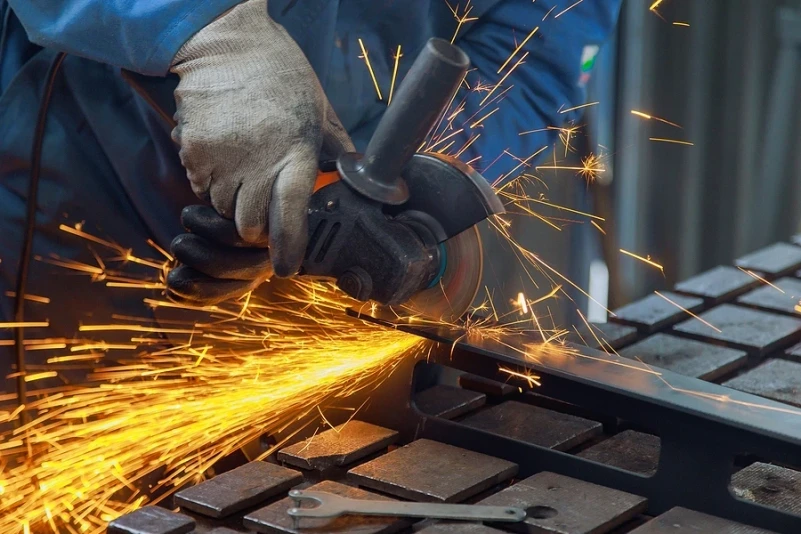Reducing the Risk of Construction Accidents

In the fast-paced world of construction, safety must remain a top priority. Unfortunately, accidents still occur, often leading to severe injuries or even fatalities. The good news is that many of these accidents can be prevented with proactive measures. This blog post will explore strategies to help reduce the risk of construction accidents, promoting a safer working environment for all.
Understanding the Scope of Construction Accidents
Construction accidents can encompass a wide range of incidents, from slips and falls, getting caught in or between objects, electrocutions, to being struck by falling objects. Each of these incidents carries a potential for significant harm, reinforcing the importance of effective accident prevention strategies.
Prioritizing Training and Education
A robust training program is a cornerstone of any accident prevention initiative. Workers should be adequately trained on the correct use of tools, machinery, and safety equipment. Additionally, education about potential hazards, safe work practices, and emergency protocols can empower workers to make safer decisions.
Implementing Strict Safety Protocols
Well-defined and strictly enforced safety protocols are critical in minimizing the risk of construction accidents. These protocols should cover a broad range of areas, including:
- Personal Protective Equipment (PPE): Use of appropriate PPE, such as helmets, safety goggles, gloves, and high-visibility clothing, should be mandatory.
- Equipment Safety: Regular inspection and maintenance of tools, machinery, and vehicles can help identify and rectify potential safety issues before they lead to accidents.
- Housekeeping: A tidy construction site is a safer construction site. Regular removal of debris and proper organization of tools and materials can prevent trips and falls.
Encouraging Open Communication
A culture of open communication can significantly enhance safety on a construction site. Workers should feel comfortable reporting potential hazards, near misses, or safety concerns without fear of reprisal. Regular safety meetings can provide a forum for this communication, encouraging everyone to contribute to a safer work environment.
Planning and Supervision
Effective planning and diligent supervision are pivotal in reducing accident risks. Work should be planned with safety in mind, considering potential hazards and implementing appropriate safety measures. Adequate supervision ensures that safety protocols are followed and that unsafe behaviors are corrected promptly.
Understanding Workers’ Rights
While employers and site managers bear significant responsibility for maintaining safe conditions, it’s crucial for workers to understand their rights. Workers have the right to a safe work environment, to receive adequate training, and to voice safety concerns. If an accident occurs, workers have the right to seek compensation for their injuries.
Conclusion
While the construction industry inherently carries certain risks, many construction accidents can be prevented through proactive safety measures. Training, safety protocols, open communication, planning, supervision, and understanding workers’ rights are all key components of a comprehensive approach to safety. Despite these precautions, if you or a loved one has been injured in a construction accident, remember that legal resources are available to ensure your rights are protected and that you receive the compensation you deserve.
